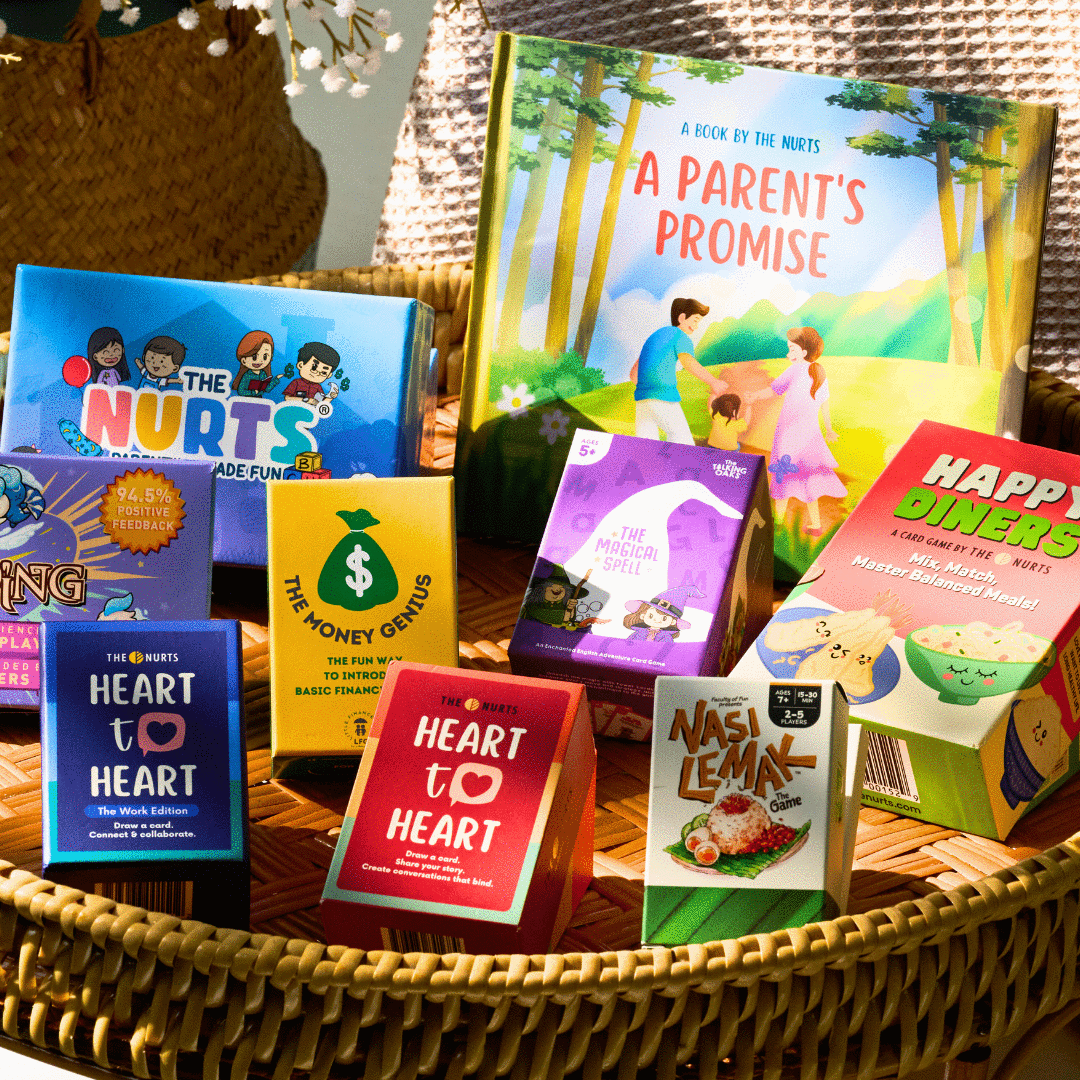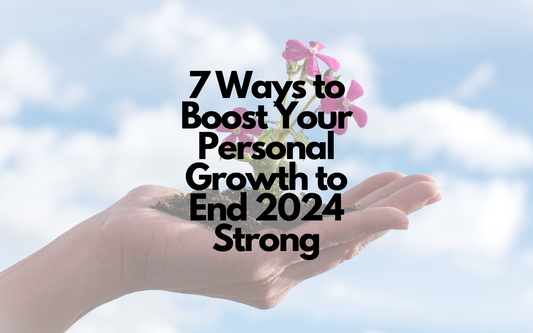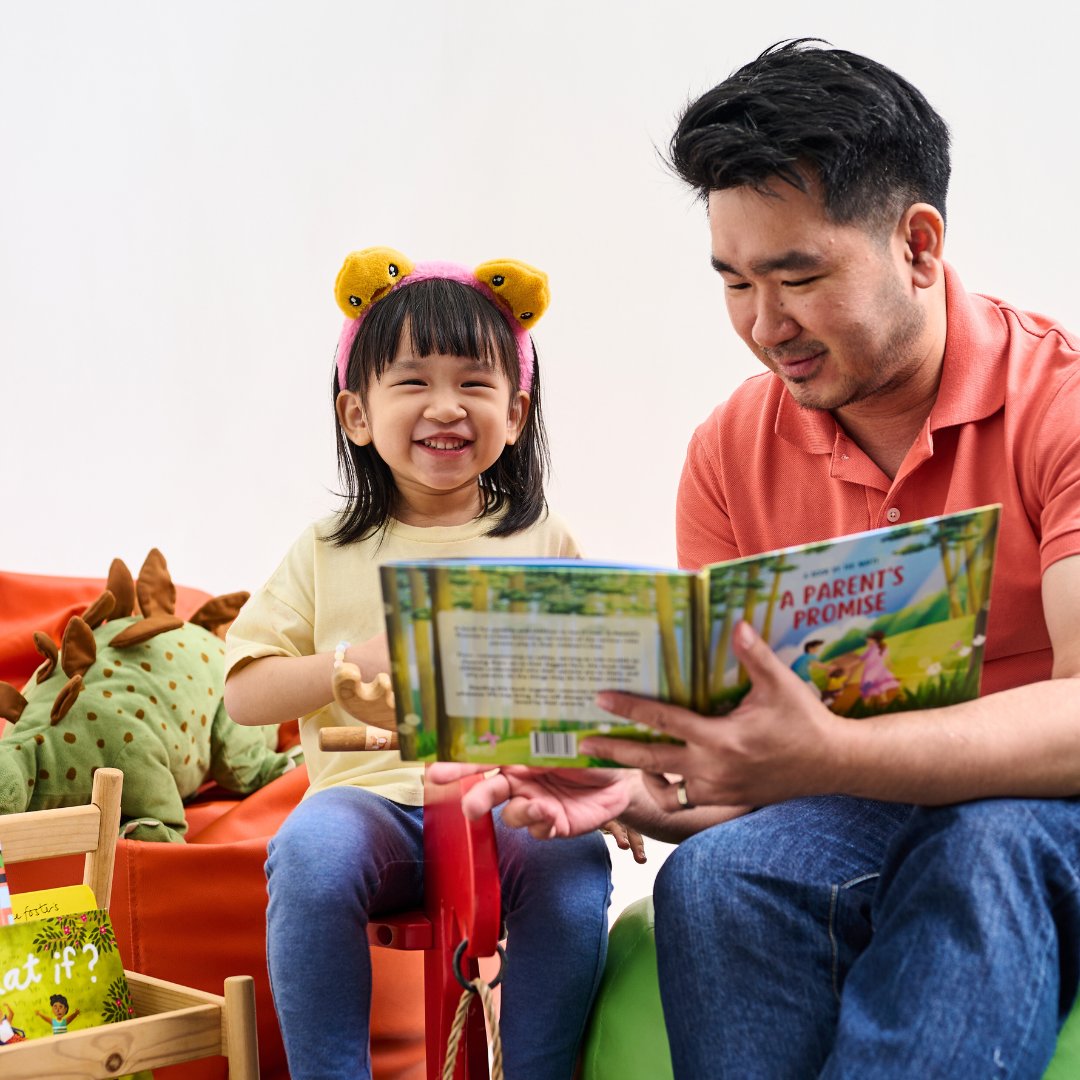Have you ever wondered why certain colours make you feel happy, while others might make you feel anxious or calm? The colours around us have a powerful impact on our emotions and behaviour, and it's fascinating to explore how they influence our daily lives.
Colour psychology is the study of how different colours affect human mood and behaviour. It explores how colours can influence emotional responses, as well as how responses to colour are affected by factors such as age and cultural background.
1. Blue
Blue is known for its calming effects, evoking tranquillity, trust, and reliability. It's commonly used in healthcare settings for a sense of serenity and comfort. However, too much blue can lead to feelings of sadness. Different shades of blue represent loyalty, stability, and relaxation, reminiscent of the sea and sky. Dark blue is considered the most relaxing colour globally. On the other hand, blue is also linked to feelings of depression, inspiring the phrase "feeling blue." Artists like Picasso have used it to express sombre emotions in their artwork.
2. Green
Green is widely associated with nature and ecology in colour psychology, making it a popular choice for brands promoting sustainability. It symbolises growth, freshness, and environmentally friendly practices. Green represents balance and harmony, creating a calming effect in spaces where relaxation and focus are essential. However, certain shades of green might evoke feelings of envy or possessiveness.
3. Yellow
Yellow radiates sunshine and happiness, evoking positivity and joy. It's attention-grabbing and associated with optimism and warmth. Brands use yellow to create a fun and lively atmosphere. It's a cheerful and uplifting colour, stimulating creativity and optimism. But excessive bright yellow can lead to feelings of agitation or anxiety.
4. Orange
Orange is positive and cheerful, but some shades represent caution like traffic cones. Named after the fruit, it exudes freshness and vitality, evoking warmth in summer or autumn tones. Energetic and enthusiastic, it stimulates action and quick decision-making, but too much can lead to impulsivity.
5. Red
Red evokes strong emotions, representing passion, love, and anger. In East Asian cultures, it symbolises joy and good luck during the Lunar New Year. It's highly stimulating and associated with energy and excitement. However, excessive red can lead to feelings of anger or restlessness.
6. Pink
In colour psychology, pink represents playfulness and lightheartedness, with bright shades like magenta standing out without being alarming. Depending on the shade, pink can evoke feelings of romance, tenderness, playfulness, or even rebellion. It symbolises love and compassion, creating a calming effect commonly used in relaxing places like spas and bedrooms. However, pink can also be associated with feelings of vulnerability or immaturity.
7. Purple
Purple symbolises luxury, royalty, and wisdom in colour psychology. It's also linked to magic and mystery, likely due to its rarity in nature. Purple is connected to creativity, wisdom, and spirituality, evoking a luxurious and mysterious quality. Darker shades exude sophistication and elegance. However, in some cases, purple may be seen as artificial or overly dramatic.
8. Black
Black holds diverse meanings in colour psychology. It represents timelessness, sophistication, power, and mystery. However, it's also associated with negative emotions like anger, loneliness, and mourning in Western culture. Black is a powerful and sophisticated colour, symbolising authority and elegance, commonly used in high-end fashion and branding. Yet, excessive black can evoke feelings of negativity or darkness.
9. White
White is often associated with innocence, purity, goodness, and new beginnings. It also gives a feeling of pristine hygiene, but too much white can create a sense of sterility, so combining it with other colours and textures is recommended for a less neutral look.
10. Grey
In colour psychology, grey represents neutrality and balance, being the shade between white and black. It's a versatile colour that can add sophistication and a modern feel to a design. However, it can also be seen as dull or moody, so it's often combined with other colours to bring the design to life.
11. Brown
Brown, while not the most inspiring colour, can create an earthy and natural tone as it resembles wood, sand, and mud in nature. This makes it warm, comforting, safe, and reliable. Light, natural shades like beige and cream are used in hygge interior decor for a clean, cosy atmosphere.
By understanding the emotions and actions associated with each colour, we can make intentional choices in how we use and interact with colours in our daily lives. Whether it's in our personal spaces, marketing efforts, or even in our clothing choices, colours play a powerful role in shaping our experiences and perceptions.
References:
- https://www.wix.com/blog/color-psychology#:~:text=Color%20psychology%20is%20the%20study,behavior%20and%20decision%2Dmaking%20processes.
- https://99designs.com/blog/tips/how-color-impacts-emotions-and-behaviors/
- https://www.verywellmind.com/color-psychology-2795824
- https://www.webmd.com/mental-health/what-is-color-psychology
- https://www.scienceofpeople.com/color-psychology/#:~:text=Each%20color%20can%20trigger%20a,luxury%2C%20and%20pink%20and%20softness.
- https://neurofied.com/effects-of-color-on-behavior/#:~:text=Warm%20colors%20like%20red%2C%20yellow,these%20arousal%20states%20and%20emotions.
- https://www.oberlo.com/blog/color-psychology-color-meanings#:~:text='%20(cart).-,Grey%20Color%20Meaning,of%20color%20makes%20it%20dull.







